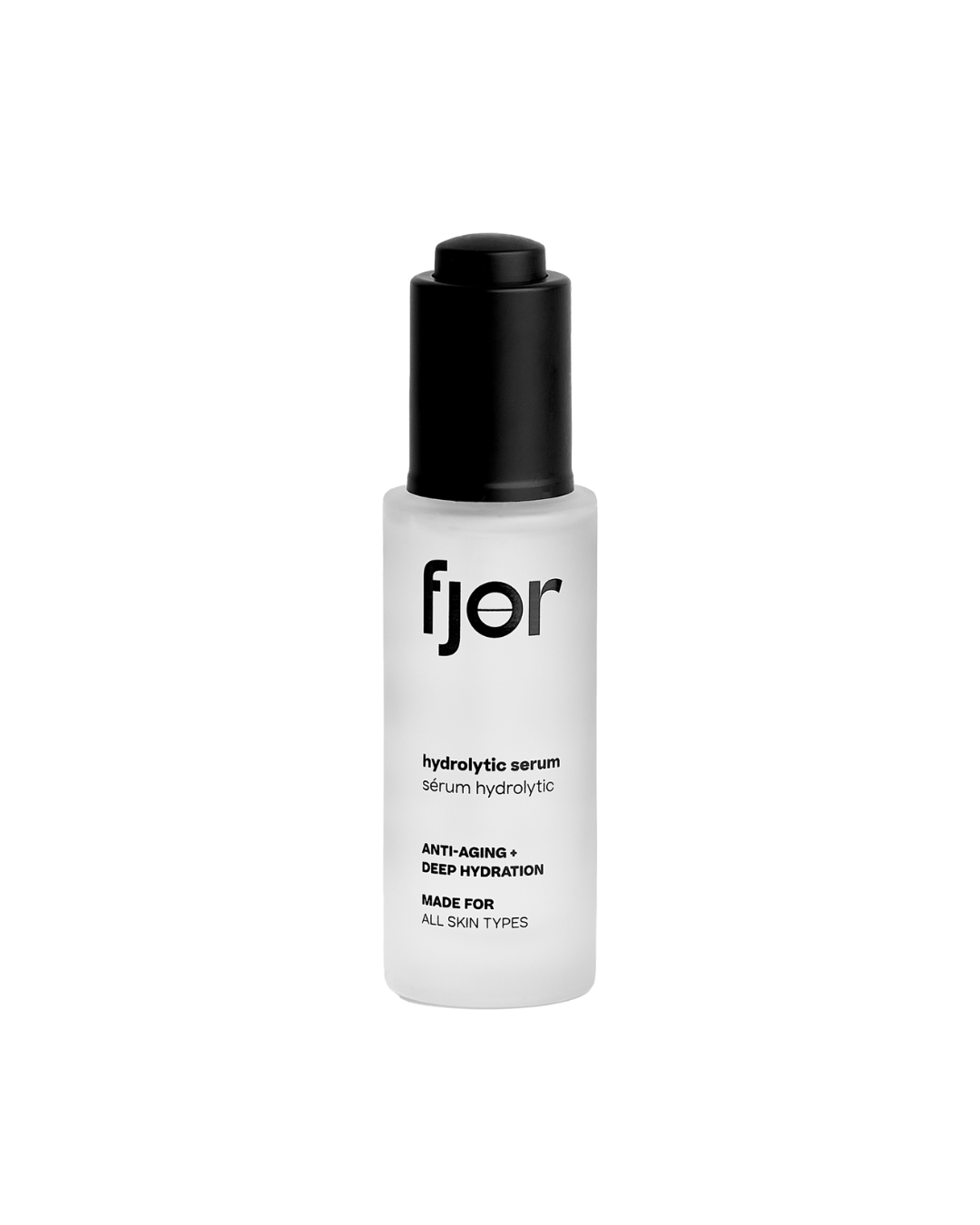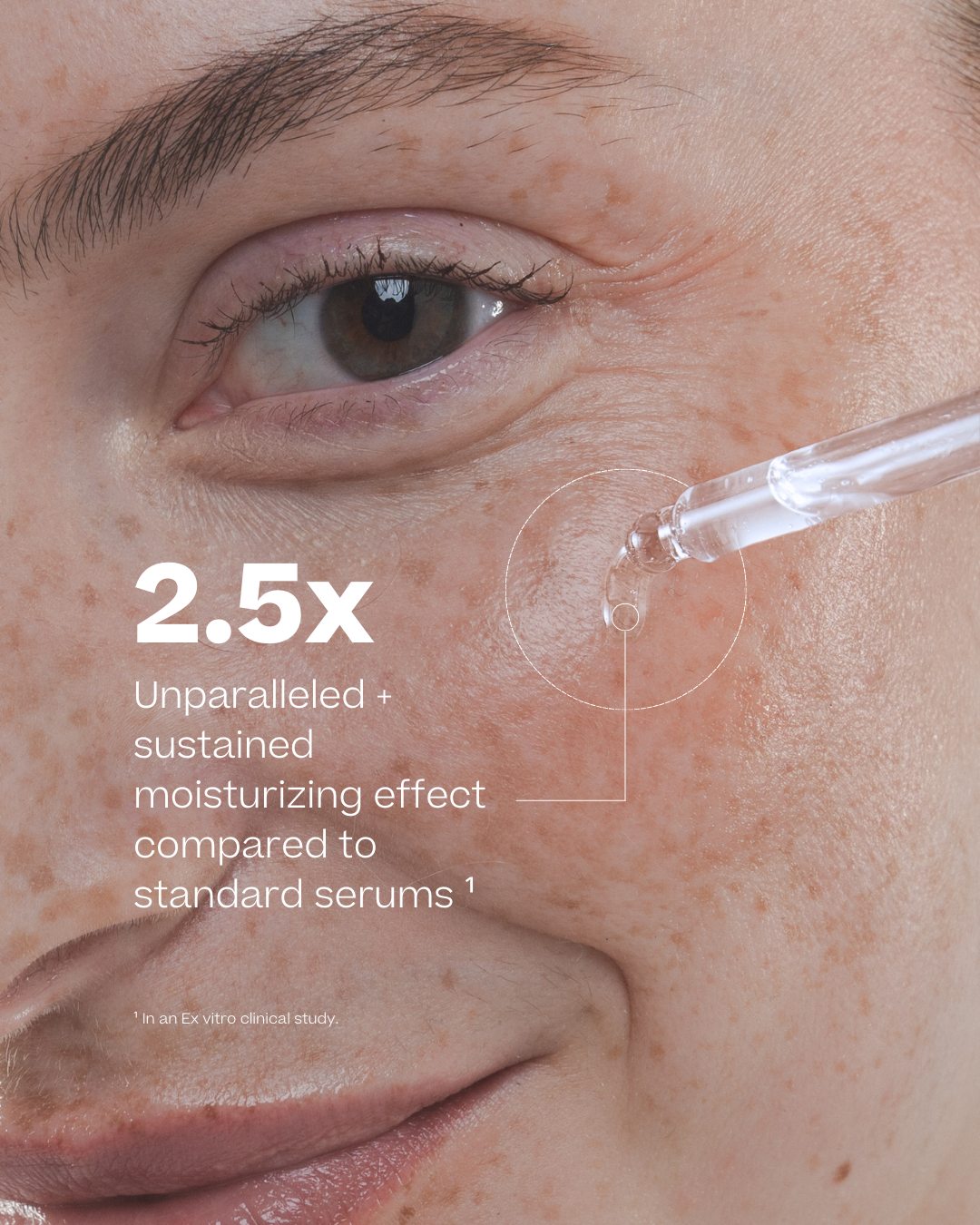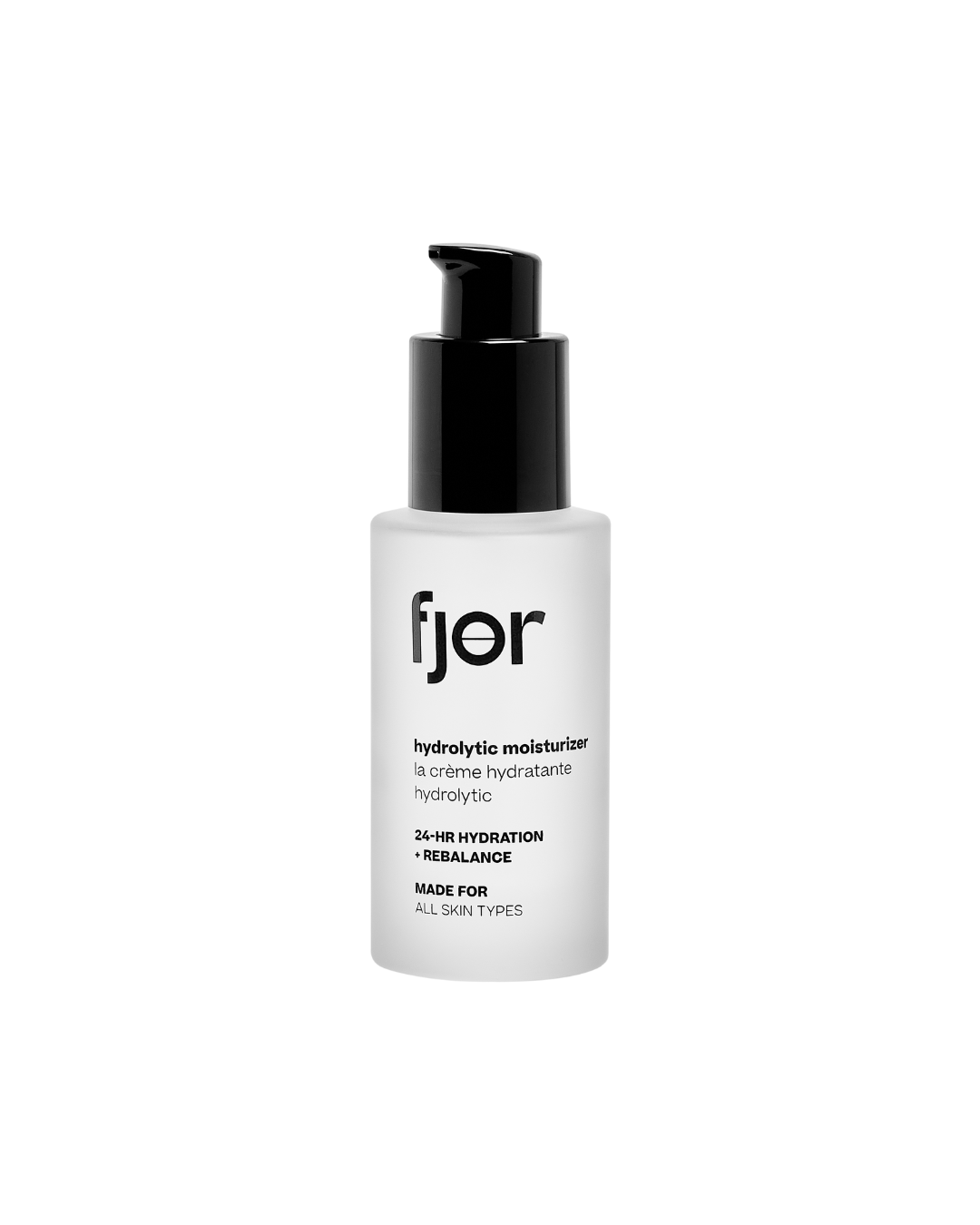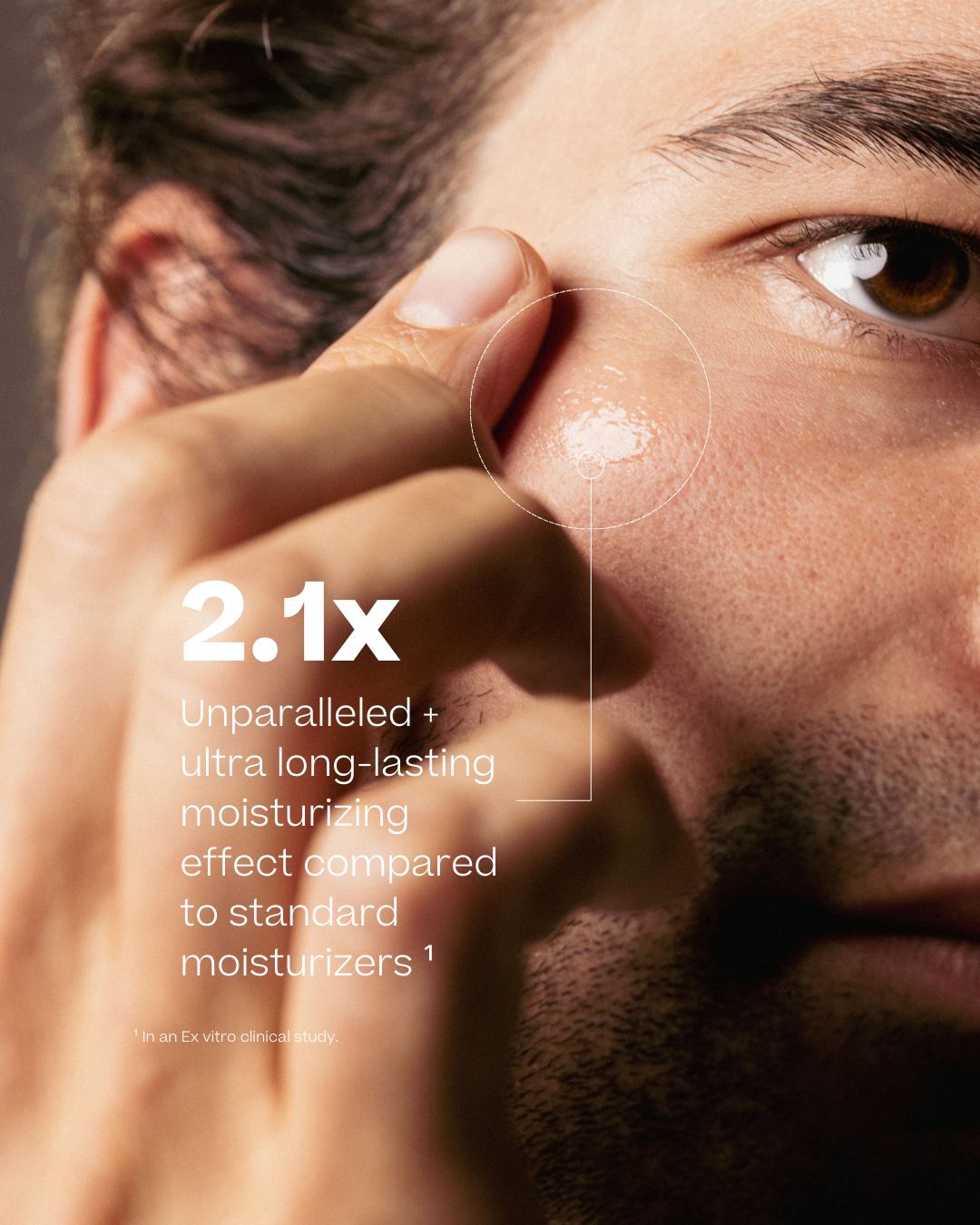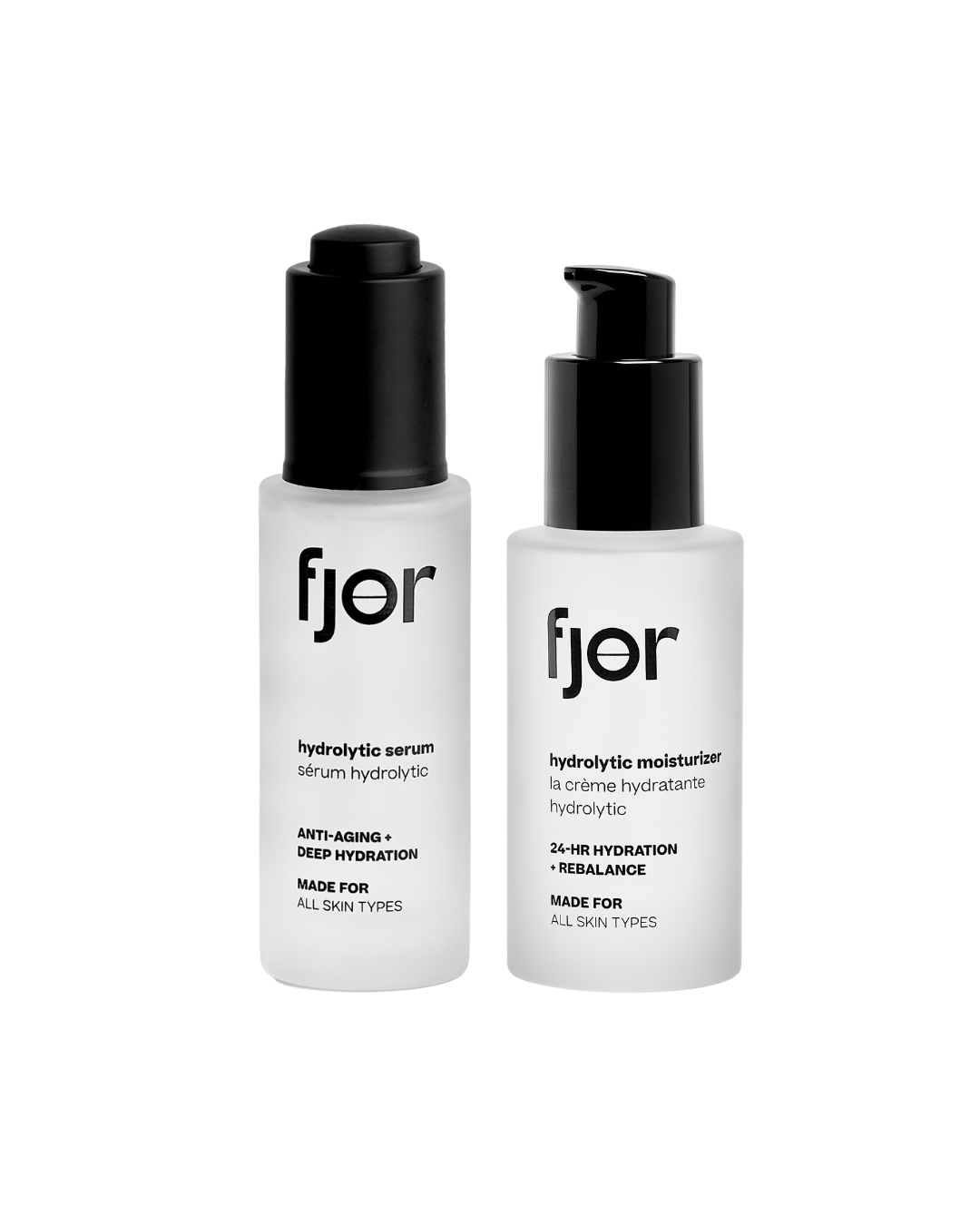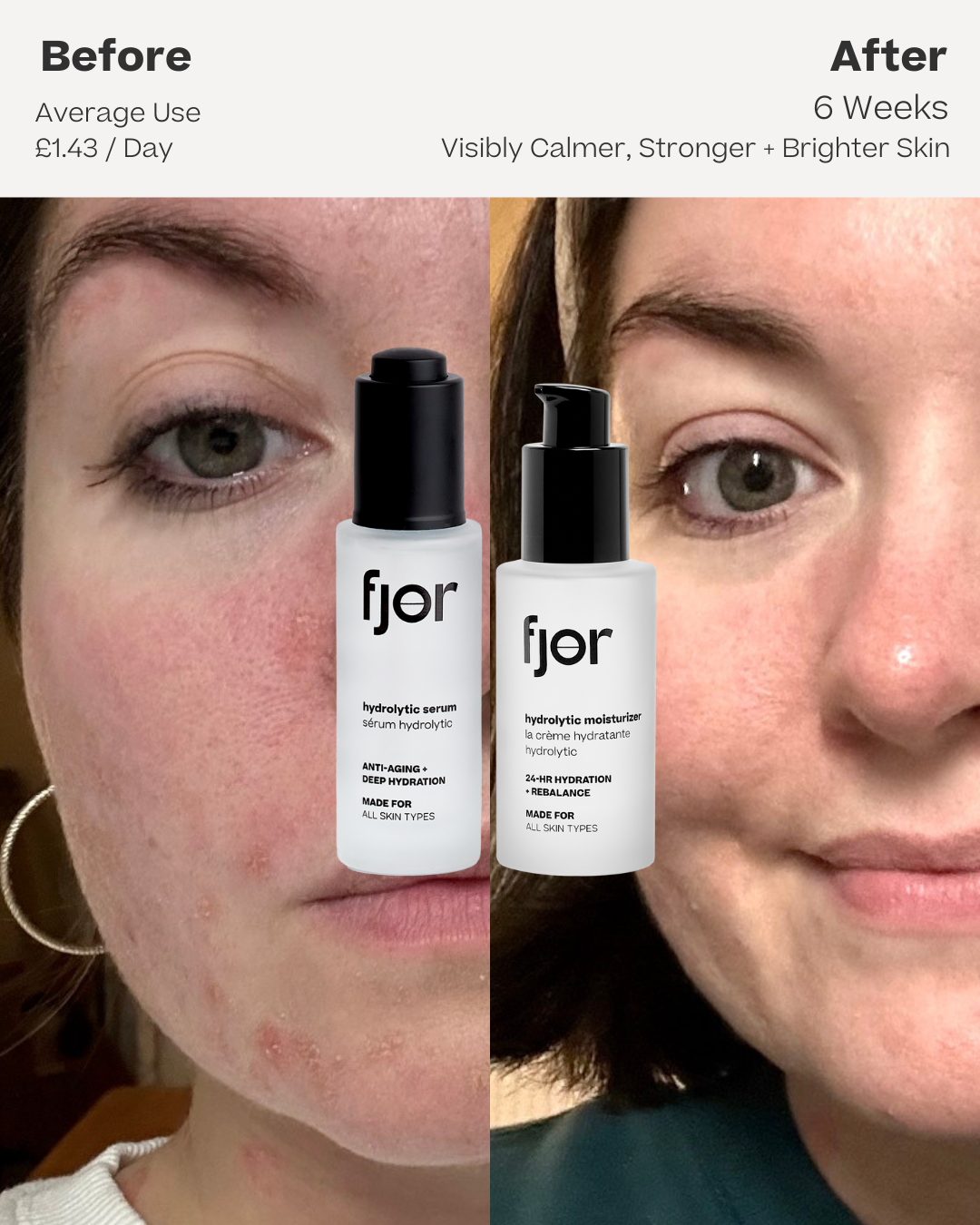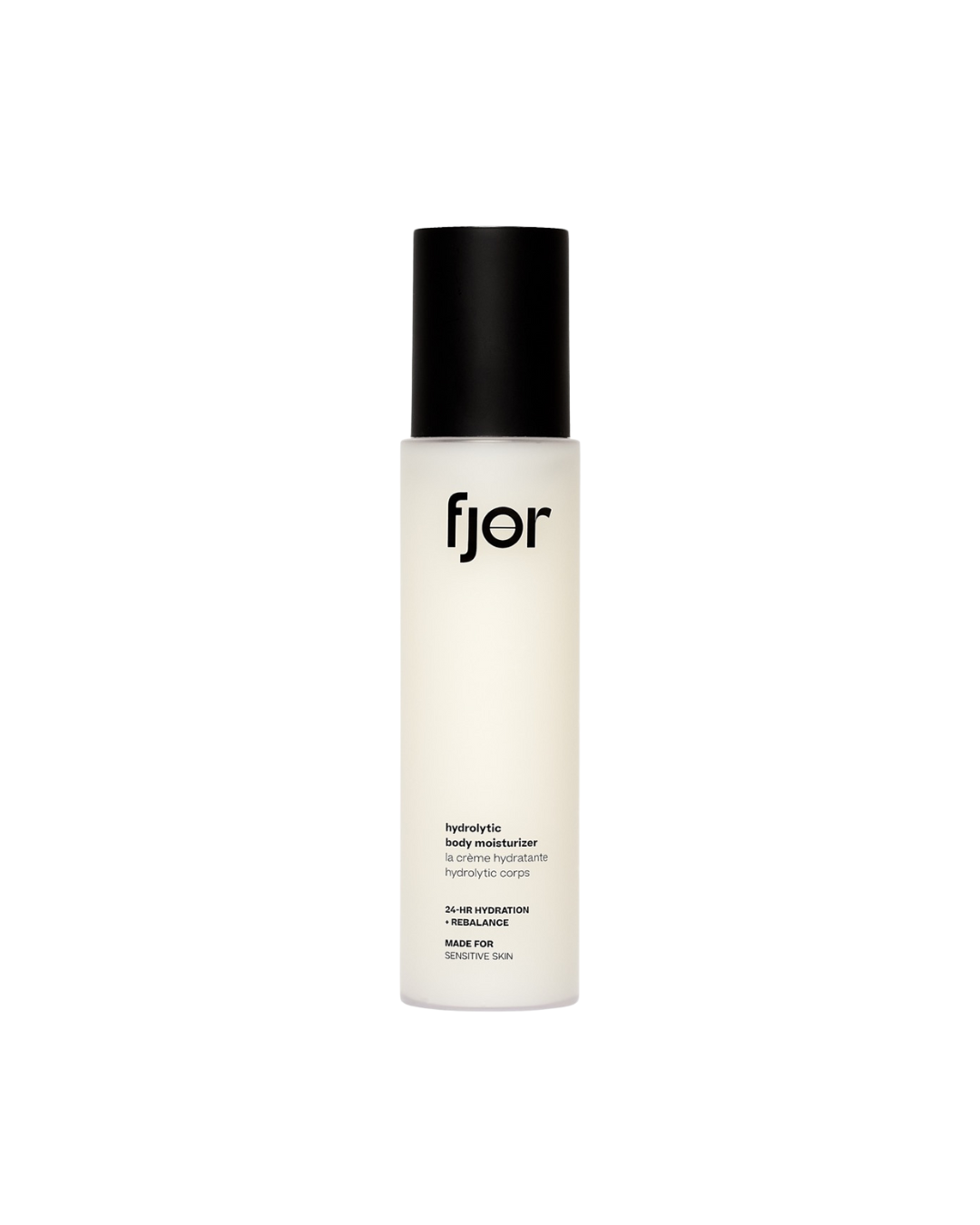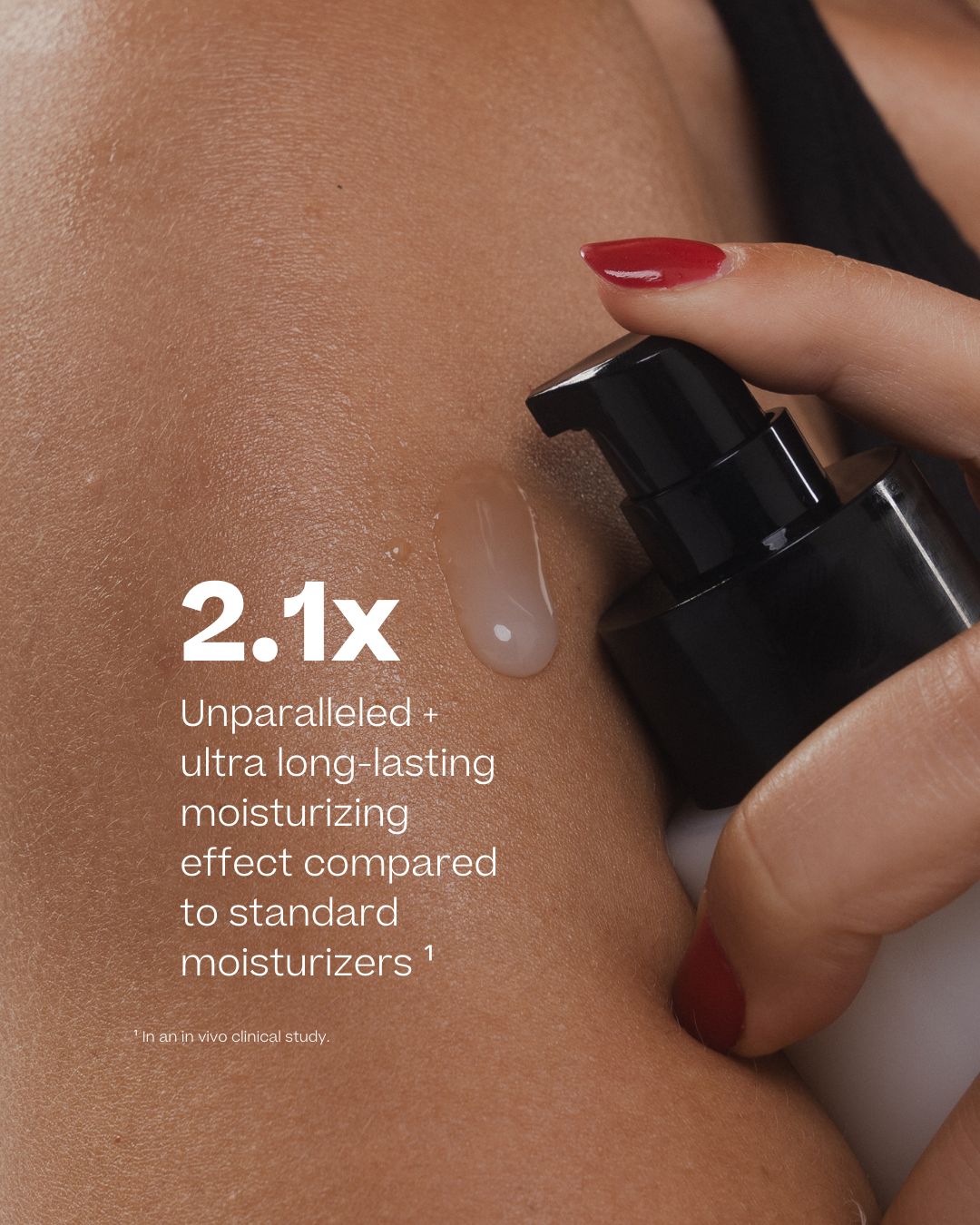Esquire - Are Hydrolytic Enzymes the New Hyaluronic Acid
Cart (0)
Your cart is empty
Continue Shopping
If your interest in men’s skincare extends beyond a supermarket bottle of face wash and a basic moisturiser, you’ll be familiar with hyaluronic acid.
Even if you have no idea what it is, or does, you’ll have seen the words writ large across almost every new serum and face cream hitting the shelves.
There are many factors fuelling the ubiquity of hyaluronic acid. First, there’s the fact it does a good job of hydrating the skin. (In short, hyaluronic acid is a molecule with powerful humectant properties, meaning it draws moisture in like a magnet.) But an equally weighty driving force is the fact that hyaluronic acid is a financially viable headliner: it’s cheap to source, easy to formulate with, and doesn’t have a tantrum when you combine it with other ingredients.
So while hyaluronic acid might be a marketer’s dream, there are limits to its abilities: it’ll hydrate, sure, but won't do much for issues beyond dryness, leaving texture, acne and redness to linger on.
Perhaps, it’s time to let another ingredient into our grooming lexicon: and, if you want your skincare to do more than simply hydrate, that ingredient should be hydrolytic enzymes.
I know what you’re thinking: another tortuous sciencey thing to get your head around – but if you’re looking for something to tackle spots, sensitivity or endlessly oily skin, this could well be just the thing.
Hydrolytic enzymes are essentially a catch-all ingredient that work on the premise of building up the skin, rather than taking away from it (which might sound obvious, but consider how retinol and exfoliating acids work on the premise of the latter). It’s clever stuff, and new Swedish skincare brand Fjör is the first brand (in the world!) to harness it.
The burgeoning brand has partnered with a biotech lab to produce two products, a serum and a lightweight gel moisturiser, each with hydrolytic enzymes at its core. Essentially, this enzyme “breaks up targeted proteins and carbohydrates, which generates a healthier operating environment for the skin, accelerating its crucial functions, explains Mats Clarsund, CTO of Fjör’s biotech partner.
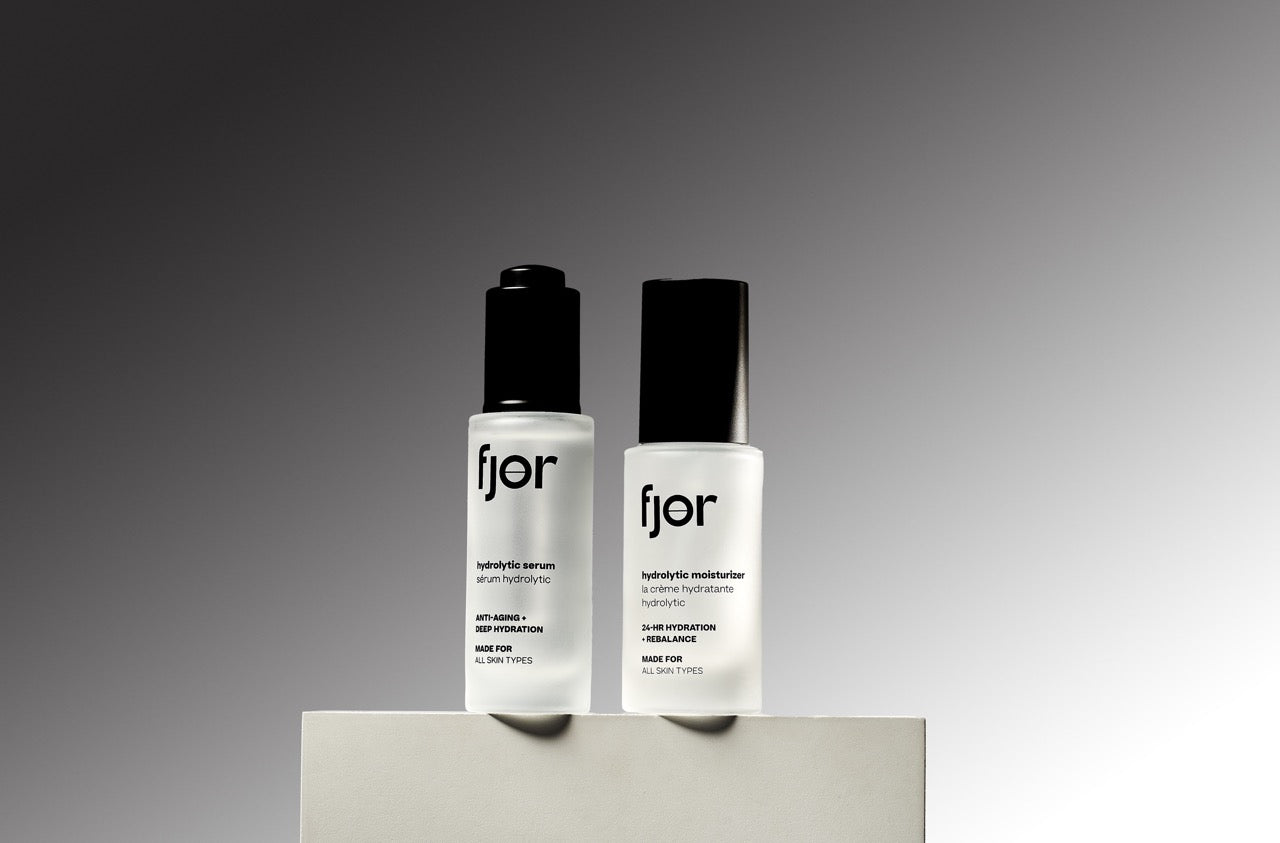
That ‘healthier operating environment’ translates simply to a balanced microbiome: the ecosystem of millions of bacteria that live naturally on the surface of your skin (don’t dwell on it).
“Scientists are only now beginning to understand the highly complex interactions of the skin and its microbiome,” says Clarsund. “However, we now know that higher microbiome diversity is linked to healthier skin.” Indeed, studies have found that skin disorders, such as acne and dermatitis, and allergies are less prevalent in those with a diverse skin microbiome.
The brand’s hydrolytic enzyme works by reducing bacteria adhesion, meaning it can stop one particular strain of bacteria from multiplying on the skin and upsetting the all-important balance. With regular use, you’ll achieve that coveted microbiome diversity, which will manifest in several aesthetically pleasing ways, from balanced sebum production to reduced acne and irritation.
A secondary benefit, the hydrolytic enzyme also gently exfoliates. “Dead cells are often ridden with low-diversity bacteria colonies – by targeting the exfoliation of these cells, the microbiome is left in a more balanced state,” adds Clarsund. This might sound at odds with the brand’s sensitivity-soothing focus, but rest assured there will be no Macaulay Culkin-style bathroom-mirror dramatics involved here. “The hydrolytic enzyme is a precise and targeted exfoliator,” says Clarsund. “It specifically only targets a specific binding of dead cells: it’s unlike other exfoliation methods, which are not targeted and exfoliate any type of cells, dead or alive.” Therefore, even the most sensitive of souls can use these formulas without fear of being left red in the face.
If all this sounds a little too much like a science experiment to you, all you really need to know is this: these two products really work on unruly skin. I’ve personally been using them for a month and have noticed dramatic improvements in both breakouts and redness, but the brand’s consumer studies suggest benefits beyond this. Regular use will increase hydration levels as a baseline, but benefits relating to skin texture (as in, less of it) blemishes (again, quashed) and radiance (more!) are in store. And if you still aren't convinced? There's hyaluronic acid in there too.
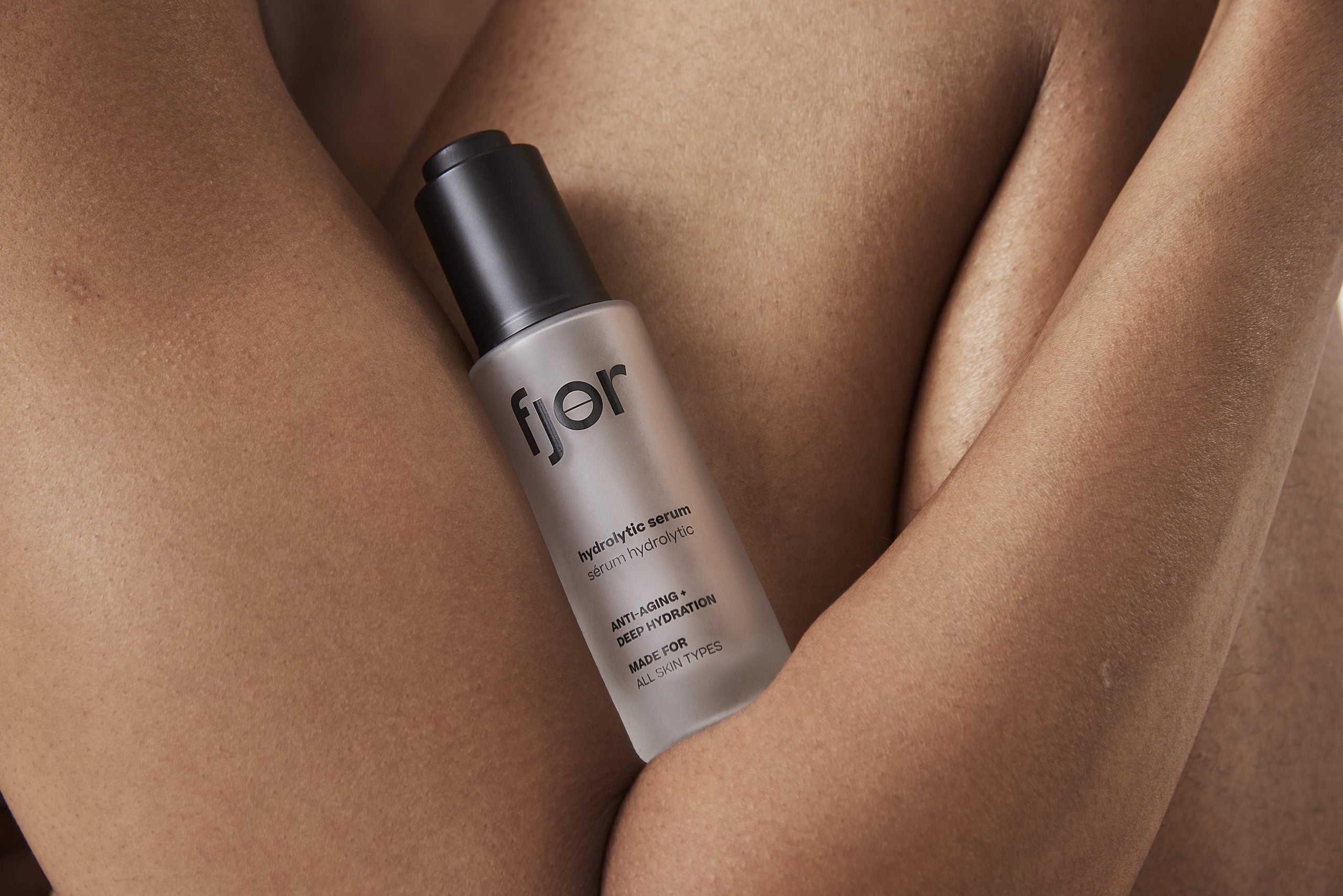
The Hydrolytic® Serum
